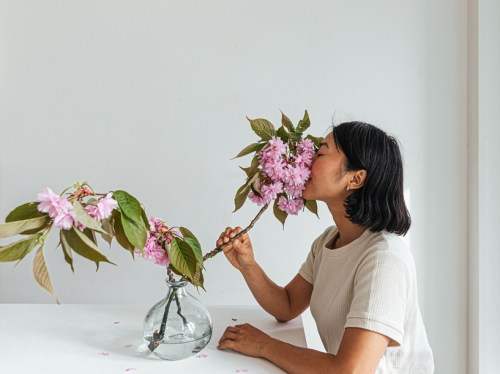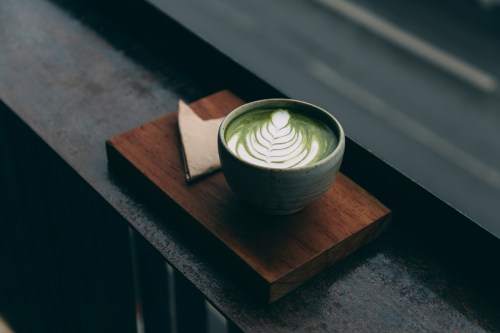Fresh cut flowers brighten your mood and perk up your home or office desk with a pop of color. But flowers wilt and die if they’re not properly cared for or left completely unattended. Much like humans, flowers need water to stay hydrated and to live longer. And it’s not just a matter of giving them enough water—you need to consider the temperature, too.
Experts in This Article
Amy McCord Jones is a florist and owner of Flower Moxie.
Rick Canale is a florist at Exotic Flowers.
Flowers should be placed in a vessel with cold, warm, or boiling water, depending on the type of flower and whether it’s fresh cut or a fresh bloom.
When to use cold water
“Fresh cut flowers have a longer vase life when kept in a colder environment, thus having cold water,” says Amy McCord Jones, florist and owner of Flower Moxie. “Much like fruit and vegetables, cold temperatures extend their shelf life.”
If you have fresh cut flowers in a bouquet that you’re putting straight into a vase to use as a centerpiece in your home, go with cold water. This way the beautiful arrangement will last longer. Yet, it’s different for fresh blooms, which refer to the actual blossom on the stem, whereas fresh cut refers to a stem of flowers.
When to use warm or boiling water
For some fresh flower blooms, warmer water is best. “Dahlias, in particular, are extremely fussy flowers to work with and can die easily, therefore, it is common knowledge among experienced florist to place fresh Dahlias in two inches of boiling water,” says McCord Jones. “This disrupts the bacteria and extends the life of the Dahlia,” she says.
The best bacteria-fighting agent comes from a floral solution and you can find various kinds on the market or you can try home solutions, such as using a little sprite and a touch of bleach.
Similarly, this also applies to the hydrangea. “Hot water for woody stems like hydrangea and lilac are helpful to loosen them to hydrate—if we run into a hydrangea issue, we immerse the stem in hot water and refrigerate them for a few hours,” says Rick Canale, florist at Exotic Flowers.
“Orchids and tropical flowers drink very little water and thrive on humidity so mist helps them, or immersing orchids blooms in water helps liven them up,” adds Canale.
Roses also drink a ton of water through the stem, and a warmer temperature is ideal. You can use water that is set between 100 to 110 degrees Fahrenheit, which is a good temperature range that allows the flower stems to absorb more water molecules.
“As a florist, I use warm water to help expedite the opening process of specific blooms like roses, garden roses, ranunculus, peonies, tulips, and anemones,” says Jones. Warm water temperatures encourage the flower to open, but keep in mind that the temperature also shortens the vase life of the flower, just as direct sunlight would.
Additionally, warm water is best when working with a dehydrated blooms, such as with orchids and peonies. “The flowers cannot be too far gone,” says Canale, and so these two would be good options that would be responsive to rehydration with warm water and would freshen up nicely.
The best plants for every room in your house:
Oh hi! You look like someone who loves free workouts, discounts for cutting-edge wellness brands, and exclusive Well+Good content. Sign up for Well+, our online community of wellness insiders, and unlock your rewards instantly.
Sign Up for Our Daily Newsletter
Get all the latest in wellness, trends, food, fitness, beauty, and more delivered right to your inbox.
Got it, you've been added to our email list.











